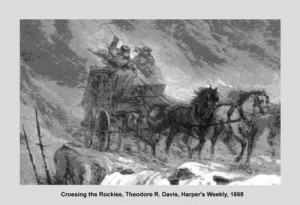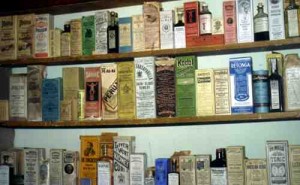Brief by Allen Best
Energy – September 2008 – Colorado Central Magazine
You go deep enough underground, even in places blanketed by snow half the year, and the rocks get hot. The question is how near the surface. In Aspen, there is at least anecdotal evidence to suggest that heat can be found relatively close to the surface.
Why this matters is that Aspen would dearly love to further shrink its carbon footprint. The community heats its homes and businesses primarily by burning natural gas. Natural gas releases half the carbon dioxide for a given amount of energy as compared to coal, but that’s still a large carbon footprint.
Anecdotal evidence of underground heat and water is found in the testimony of miners who favored the 100 degree temperatures during winter months found at the bottom of the Smuggler Mine.
To further test the hypothesis of underground heat, Aspen may drill down as much as 3,000 feet. Phil Overeynder, Aspen’s public works director, suggests there may be enough heat available to heat up to one million square feet of commercial space and at costs comparable to natural gas.
The Aspen City Council is enthusiastic, but city officials say that more tests are necessary before they’re willing to commit to the test drilling. Estimated costs of moving forward are estimated at a million dollars.
One Colorado town, Pagosa Springs, already taps hot water found near the surface for heating buildings, and a greenhouse is heated at Mt. Princeton Hot Springs.


